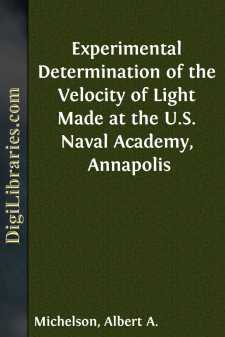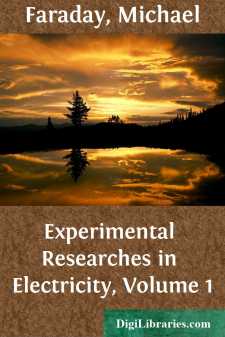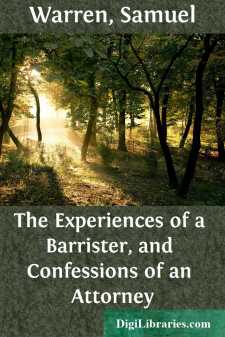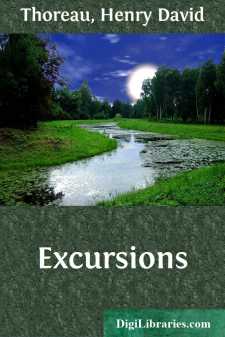Categories
- Antiques & Collectibles 13
- Architecture 36
- Art 48
- Bibles 22
- Biography & Autobiography 813
- Body, Mind & Spirit 142
- Business & Economics 28
- Children's Books 15
- Children's Fiction 12
- Computers 4
- Cooking 94
- Crafts & Hobbies 4
- Drama 346
- Education 46
- Family & Relationships 57
- Fiction 11828
- Games 19
- Gardening 17
- Health & Fitness 34
- History 1377
- House & Home 1
- Humor 147
- Juvenile Fiction 1873
- Juvenile Nonfiction 202
- Language Arts & Disciplines 88
- Law 16
- Literary Collections 686
- Literary Criticism 179
- Mathematics 13
- Medical 41
- Music 40
- Nature 179
- Non-Classifiable 1768
- Performing Arts 7
- Periodicals 1453
- Philosophy 64
- Photography 2
- Poetry 896
- Political Science 203
- Psychology 42
- Reference 154
- Religion 513
- Science 126
- Self-Help 84
- Social Science 81
- Sports & Recreation 34
- Study Aids 3
- Technology & Engineering 59
- Transportation 23
- Travel 463
- True Crime 29
Sort by:
by:
Ernest Favenc
PART 1. EASTERN AUSTRALIA. CHAPTER 1. ORIGINS. 1.1. GOVERNOR PHILLIP. Arthur Phillip, whose claim to be considered the first inland explorer of the south-eastern portion of Australia rests upon his discovery of the Hawkesbury River and a few short excursions to the northward of Port Jackson, had but scant leisure to spare from his official duties for extended geographical research. For all that,...
more...
1. HOW THE BRIGADIER CAME TO THE CASTLE OF GLOOM[] You do very well, my friends, to treat me with some little reverence, for in honouring me you are honouring both France and yourselves. It is not merely an old, grey-moustached officer whom you see eating his omelette or draining his glass, but it is a fragment of history. In me you see one of the last of those wonderful men, the men who were veterans...
more...
CHAPTER I THE PACIFIC COAST IN 1845—SPEECHES OF SENATOR BENTON AND REPORT OF CAPT. FRÉMONT—MY FATHER AND HIS FAMILY—INTEREST AWAKENED IN THE NEW TERRITORY—FORMATION OF THE FIRST EMIGRANT PARTY FROM ILLINOIS TO CALIFORNIA—PREPARATIONS FOR THE JOURNEY—THE START—ON THE OUTSKIRTS OF CIVILIZATION. Prior to the year 1845, that great domain lying west of the Rocky Mountains and extending to the...
more...
by:
Robert Boyle
CHAP. I. 1have seen you so passionately addicted, Pyrophilus to the delightful Art of Limning and Painting, that I cannot but think my self obliged to acquaint you with some of those things that have occurred to mee concerning the changes of Colours. And I may expect that I shall as well serve the Virtuosi in general, as gratifie you in particular, by furnishing a person, who, I hope, will both improve...
more...
Theory of New Method. Let S, Fig. 1, be a slit, through which light passes, falling on R, a mirror free to rotate about an axis at right angles to the plane of the paper; L, a lens of great focal length, upon which the light falls which is reflected from R. Let M be a plane mirror whose surface is perpendicular to the line R, M, passing through the centers of R, L, and M, respectively. If L be so...
more...
by:
Michael Faraday
Induction of Electric Currents. 6. About twenty-six feet of copper wire one twentieth of an inch in diameter were wound round a cylinder of wood as a helix, the different spires of which were prevented from touching by a thin interposed twine. This helix was covered with calico, and then a second wire applied in the same manner. In this way twelve helices were superposed, each containing an average...
more...
by:
Elihu Root
I - EXPERIMENTS There are two separate processes going on among the civilized nations at the present time. One is an assault by socialism against the individualism which underlies the social system of western civilization. The other is an assault against existing institutions upon the ground that they do not adequately protect and develop the existing social order. It is of this latter process in our...
more...
by:
Samuel Warren
THE MARCH ASSIZE. Something more than half a century ago, a person, in going along Holborn, might have seen, near the corner of one of the thoroughfares which diverge towards Russell Square, the respectable-looking shop of a glover and haberdasher named James Harvey, a man generally esteemed by his neighbors, and who was usually considered well to do in the world. Like many London tradesmen, Harvey was...
more...
by:
Mack Reynolds
he knock at the door came in the middle of the night, as Josip Pekic had always thought it would. He had been but four years of age when the knock had come that first time and the three large men had given his father a matter of only minutes to dress and accompany them. He could barely remember his father. The days of the police state were over, so they told you. The cult of the personality was a thing...
more...
HENRY DAVID THOREAU was the last male descendant of a French ancestor who came to this country from the Isle of Guernsey. His character exhibited occasional traits drawn from this blood in singular combination with a very strong Saxon genius. He was born in Concord, Massachusetts, on the 12th of July, 1817. He was graduated at Harvard College in 1837, but without any literary distinction. An iconoclast...
more...











